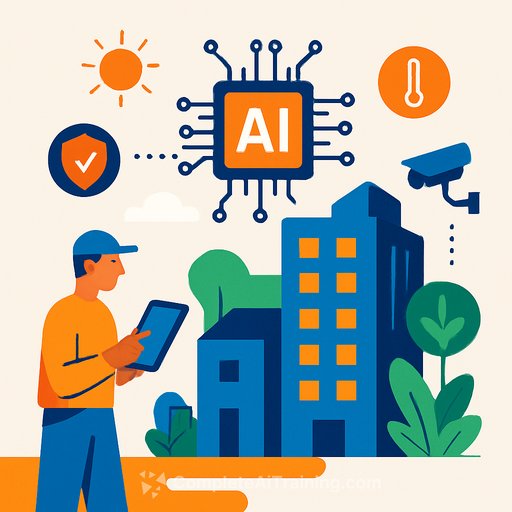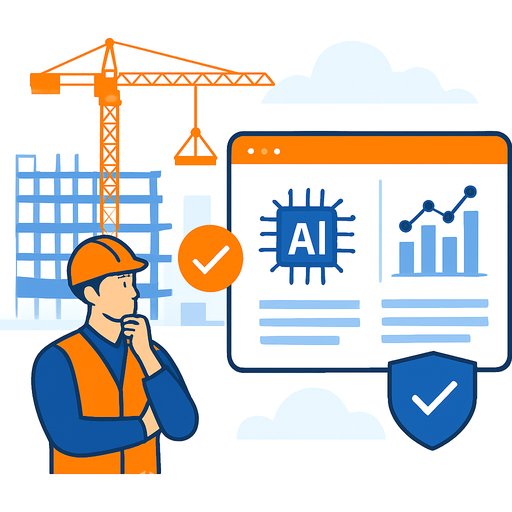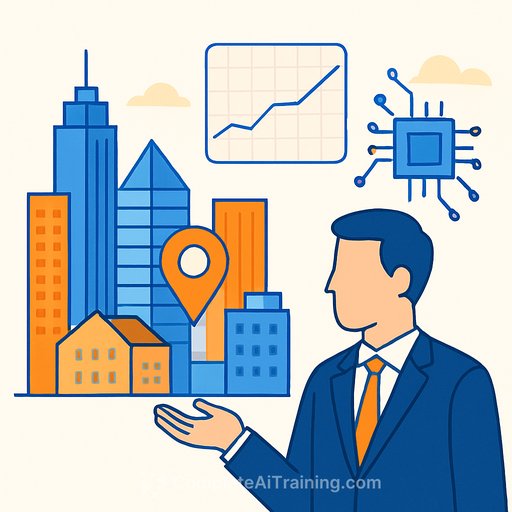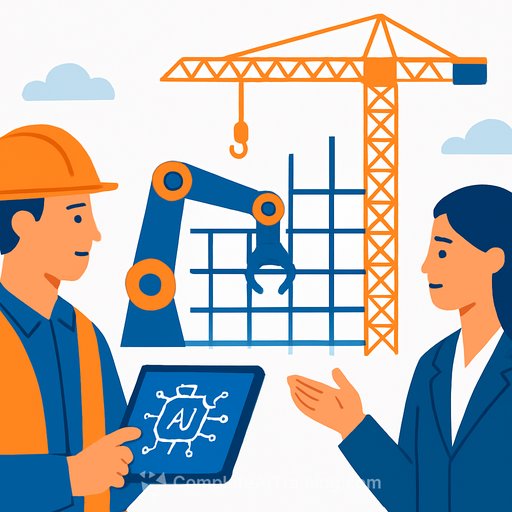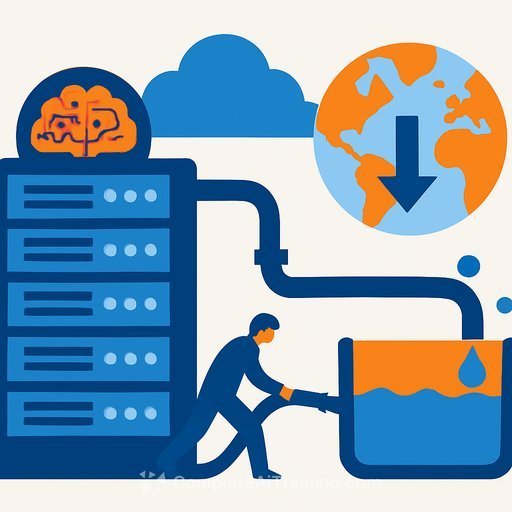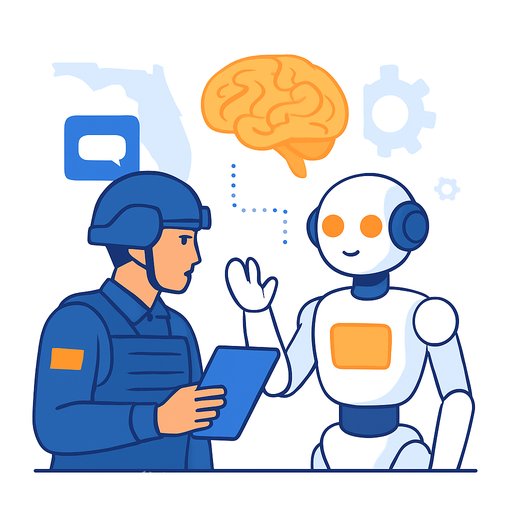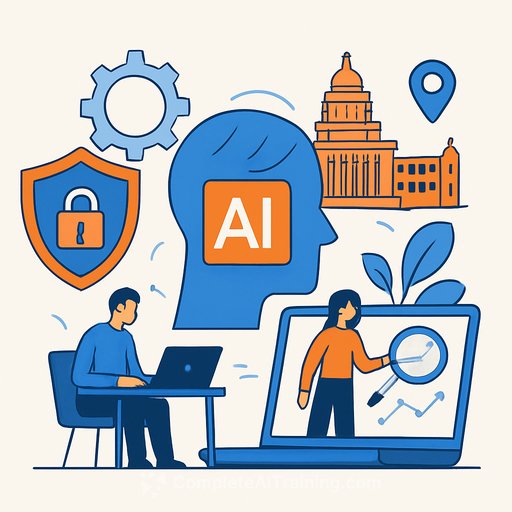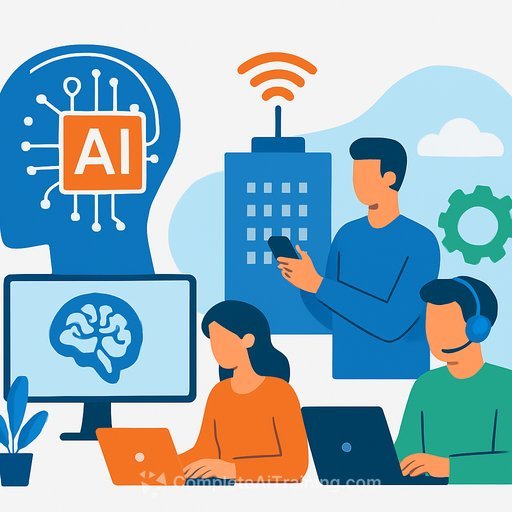Smart Buildings
Why AI Is the Next Big Upgrade for Commercial Buildings
Artificial intelligence is becoming essential in how commercial buildings operate and are managed. A recent study highlights that 84% of decision-makers aim to increase AI use by 2025, signaling a clear shift toward smarter infrastructure. AI is no longer just experimental technology—it’s a core part of optimizing building performance, from maintenance to energy use and occupant safety.
Key Highlights
- AI is now a strategic priority in commercial building design and operations.
- Real-time sensor data and digital twins support proactive maintenance and energy optimization.
- AI automates repetitive tasks, allowing staff to focus on strategic work and tenant engagement.
- Insight-driven AI helps meet tougher efficiency standards and regulatory requirements.
- Success relies on both advanced AI tools and skilled operators able to use them effectively.
With increasing pressure to reduce emissions, cut costs, and maintain occupant safety, commercial properties are turning to AI for practical solutions. From schools to hospitals to retail spaces, AI is integrated into the fabric of building management. However, adopting these technologies comes with challenges, especially a shortage of qualified personnel to manage sophisticated systems.
Smart Systems, Smarter Buildings
Modern commercial buildings function more like intelligent ecosystems than static structures. AI continuously processes data from HVAC, lighting, and occupancy sensors to detect issues early, reduce downtime, and anticipate repairs. Machine learning identifies usage patterns to improve efficiency and reduce waste.
Digital twins—virtual models of buildings—allow centralized monitoring and simulation-based decision-making. AI can fine-tune ventilation during peak times or dim lighting in empty spaces, all while maintaining occupant comfort and operational flexibility. Currently, 58% of commercial buildings use AI for predictive maintenance, helping offset staff shortages and system complexity.
Efficient Intelligence with AI
As regulations tighten, AI provides detailed insights into energy and resource use. Buildings can monitor water consumption and adjust systems based on occupancy trends to reduce waste and improve comfort. These tools are no longer limited to industrial facilities; they are being deployed in landmark buildings as well.
From Manpower to Machine Learning: Tackling the Workforce Gap
Despite its benefits, AI adoption faces obstacles due to a shortage of skilled staff. 92% of respondents in the study report challenges in hiring personnel capable of managing advanced building technologies. AI is not replacing people but augmenting their roles.
By automating routine tasks like system checks and temperature adjustments, AI frees facilities teams to focus on strategic initiatives and tenant relations. Companies are now investing in AI platforms that are powerful yet user-friendly, bridging the gap between technical complexity and daily operations.
AI is essential for staying competitive, compliant, and cost-effective in commercial real estate. Success depends equally on technology and the people who operate it. Organizations that invest in connected systems and workforce training will be positioned to meet new regulations and energy demands effectively.
For those interested in exploring AI tools and training tailored for operations and real estate professionals, resources like Complete AI Training's courses by job offer practical pathways to build relevant skills.
Your membership also unlocks:

